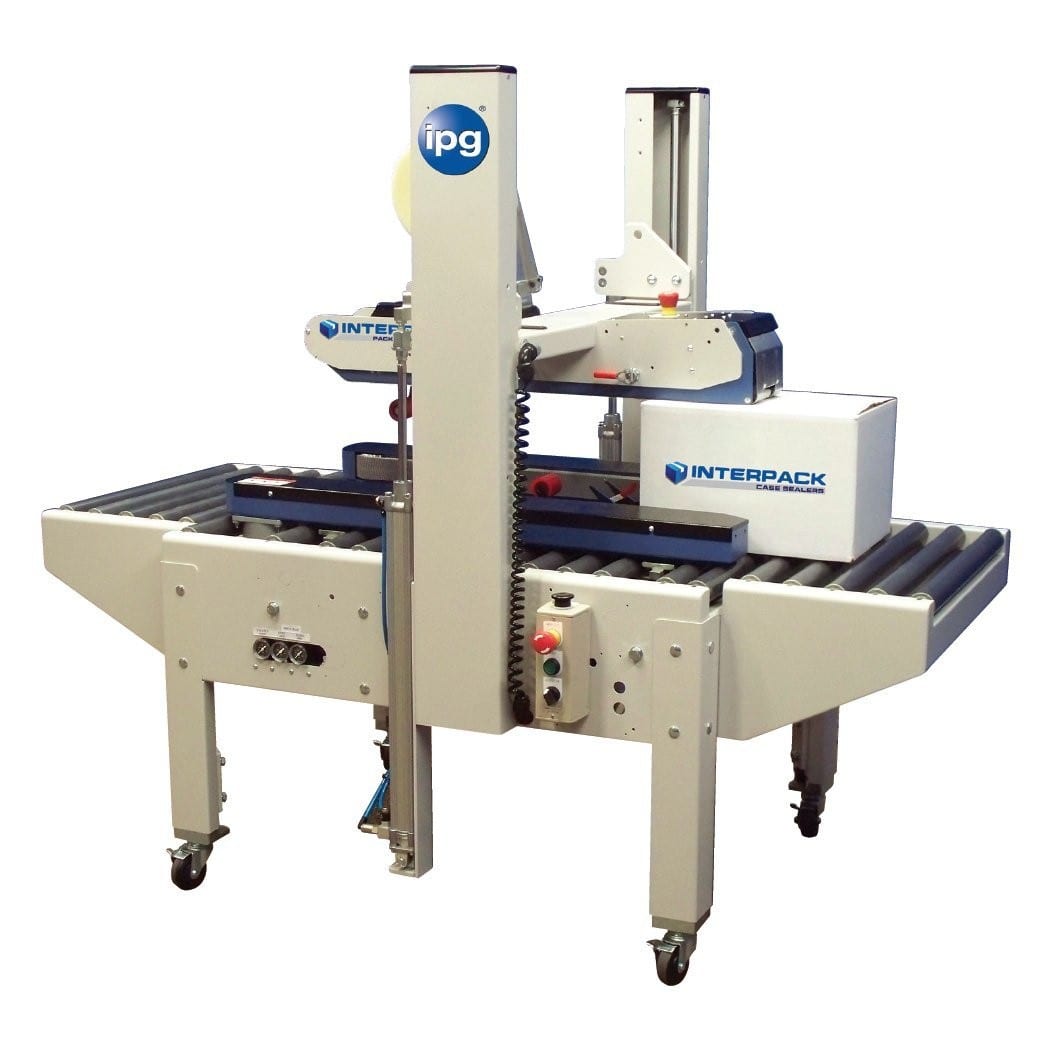
The Importance of ISO Certification
by Andrea Witter
As the Process Improvement Manager at Midwest, I serve as the company’s main quality representative. One of my responsibilities is to fill out any quality questionnaires/surveys/assessments that our customers send our way. My first step before beginning to fill anything out is to look for that magical phrase that I know will make the task at hand a whole lot easier, “If your Quality Management system is certified by an accredited 3rd party please skip to the end.” Our ISO certification has saved me from pages and pages of effort. While saving me hours of work is definitely a benefit I appreciate, the true value here is that our customers don’t have to take my word for it when I say we have a well-established quality management system. They don’t have to assume that our definition of “quality” matches up to their definition of “quality”. They don’t have to put in the added work of ensuring our system will meet the requirements they have. As happy as I am to not have to fill out those extra questions and produce all the additional documentation, I know our customer is just as happy to let our ISO Registrar handle the task of evaluating our quality system.
Of course we have also seen many internal benefits from our ISO certification. There can be a perception that a quality certification is simply something you pay for, and it doesn’t actually speak to the company’s commitment to quality or improvement. I’m sure there are companies out there that don’t care much about quality but have a certification, and there are definitely companies that prize quality without obtaining a certification. So why get certified? The greatest value for Midwest that I have seen from our certification is the structure and direction that comes with an International Standard to use as the basis for our quality management system. While defining and refining our processes, we have a tried and true foundation to build from. I would encourage any company who truly places a high importance on quality and improvement to look into getting a third party certification. Not only will your company benefit, but in turn, your customers will reap the benefits of your processes and efficiencies.
continue reading
Related Posts
In packaging, WAT was previously the standard taping method for decades until polyethylene tape (pressure sensitive tape) arrived as an affordable and convenient alternative. That all dramatically changed a few years ago when WAT returned to the market with some new and innovative advantages.



